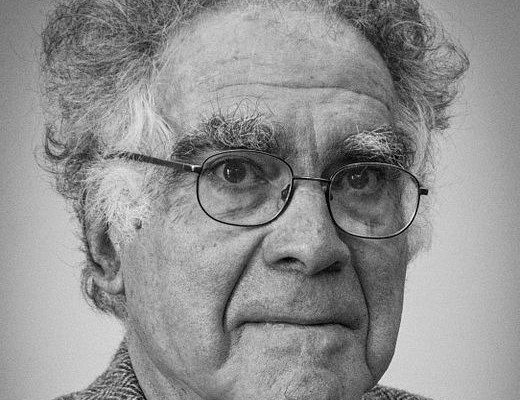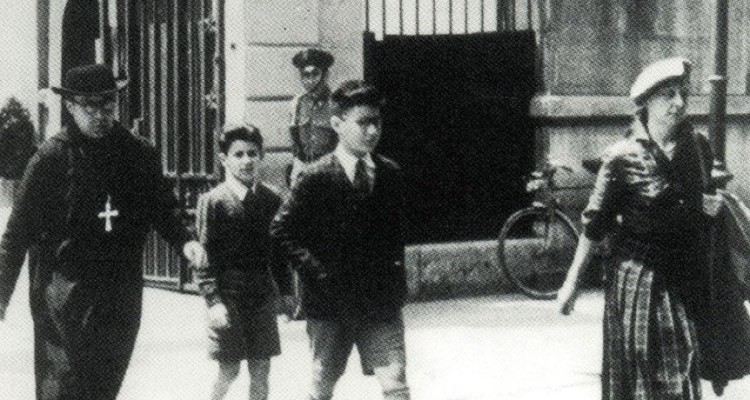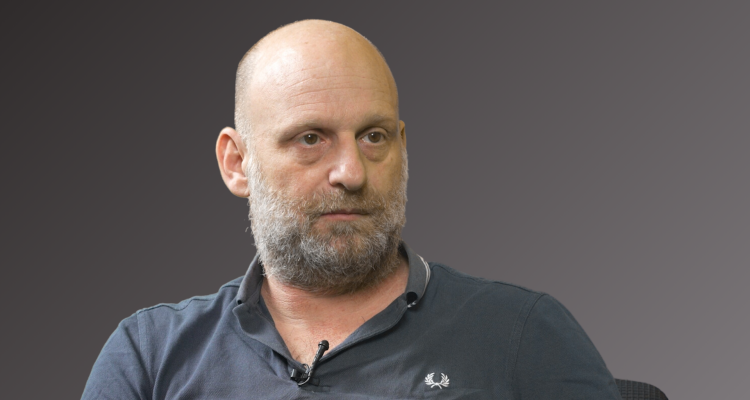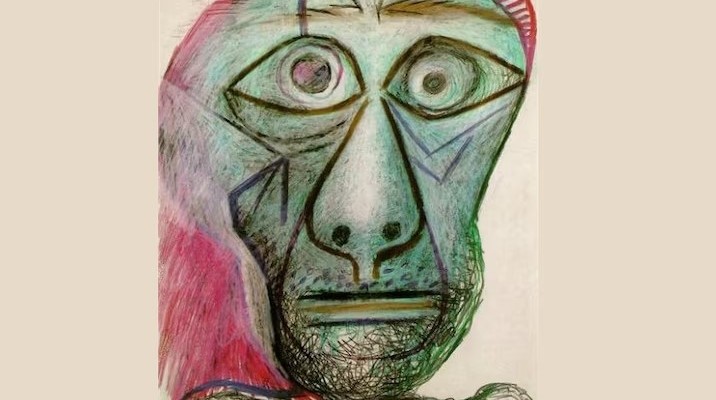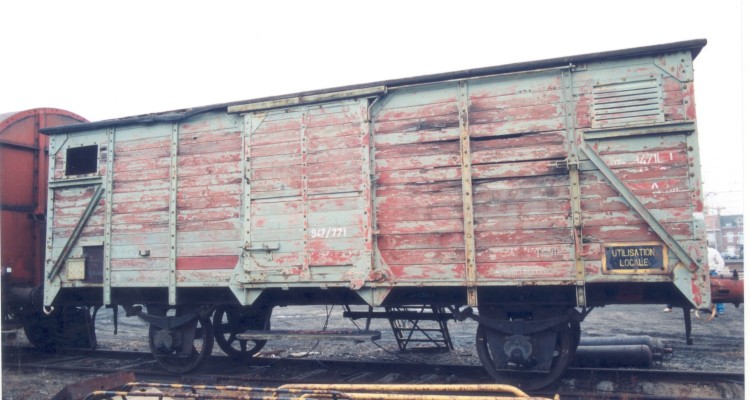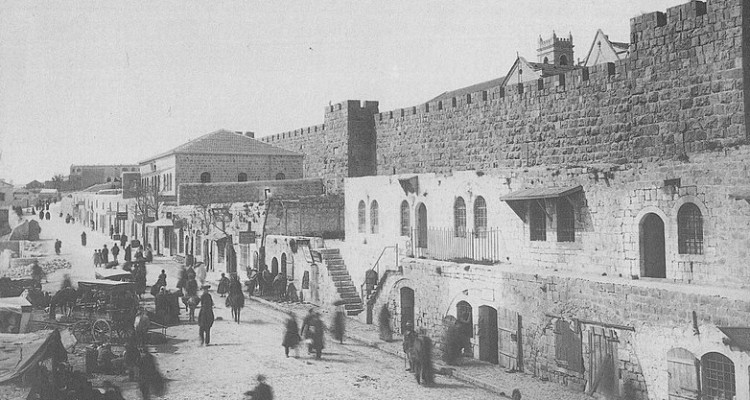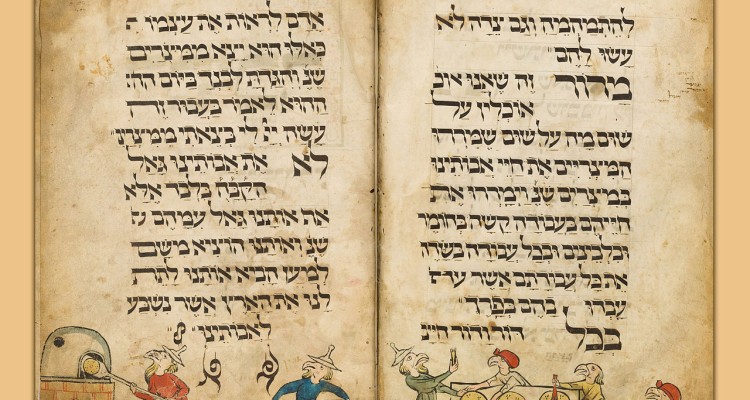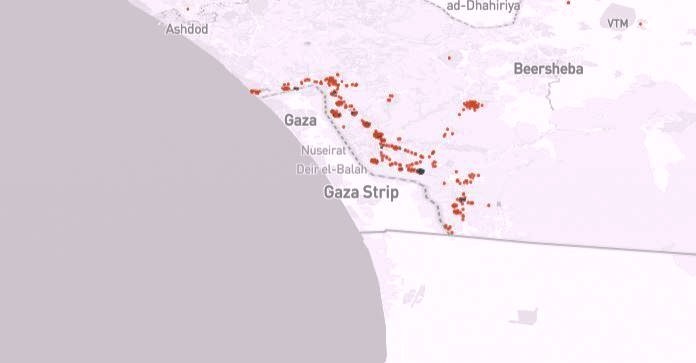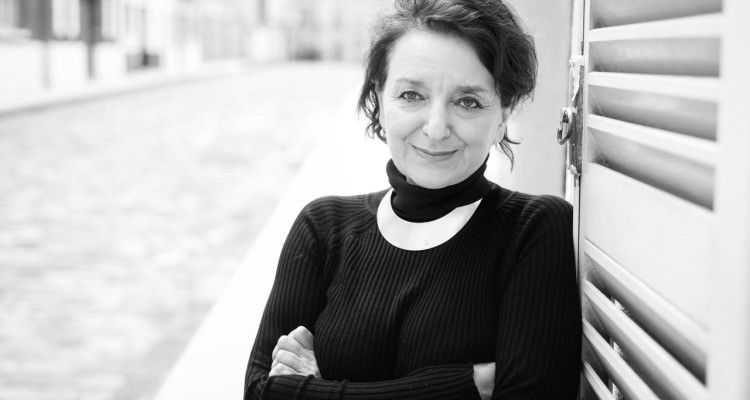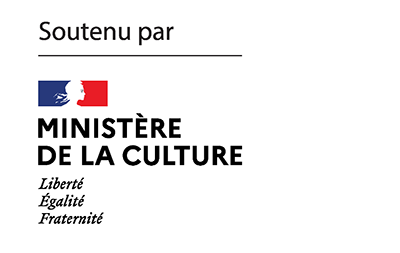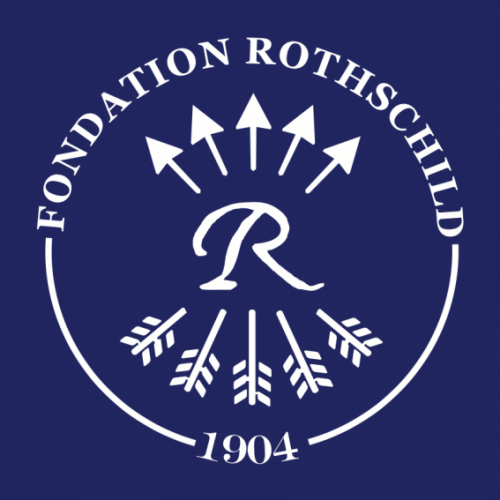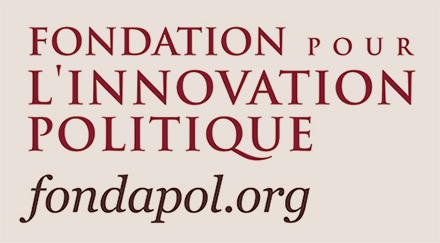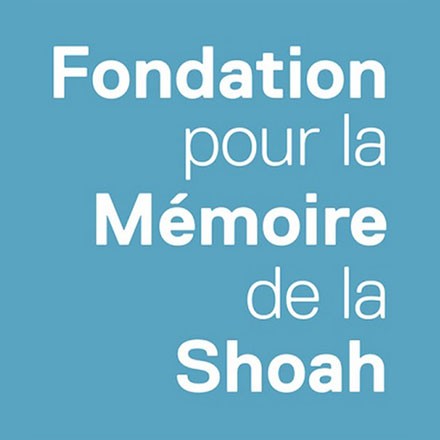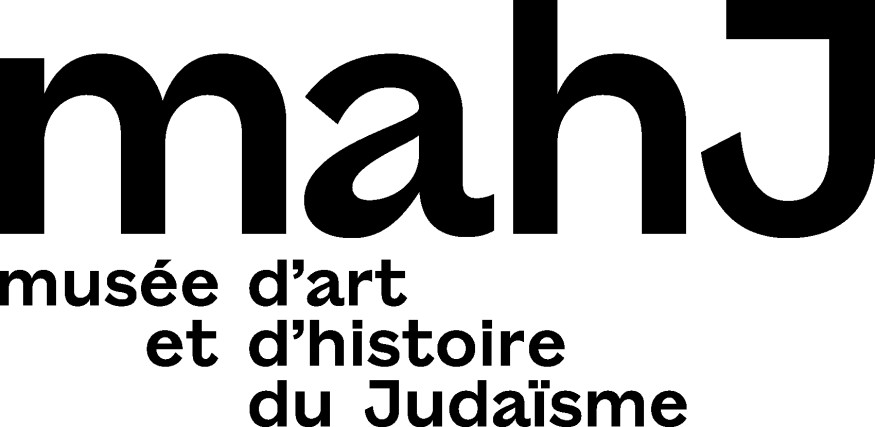History
Carlo Ginzburg’s historical work has shed new light on the Jewish condition, making it possible to consider them in their minority, marginal dimension, alongside the witches and lepers persecuted by the Inquisition. In this interview with Avishag Zafrani, the renowned scholar discusses the subjective determinations that led him to approach the history of persecution from the point of view of the victims, and how this approach challenges the practice and position of the historian.
On 10 February 1944, Anni and Fritz Finaly, Austrian refugees who had arrived in France six years earlier, entrusted their sons to the Sisters. Four days later, they were arrested by the Gestapo. Deported to Auschwitz, they never returned. Aged 2 and 3, Robert and Gérard were entrusted to the care of a devout Catholic, Antoinette Brun, who became their guardian. When the children’s family wanted them back, Miss Brun refused – on the grounds that they had been baptised. Philosopher Jean-Michel Rey looks back at this “Finaly affair”, which hit the headlines in the early 1950s, and at the violence of a gesture of erasure that people thought could be legitimised by recourse to Catholic theology alone.
What is the significance of this massive return to the history and memory of the Holocaust as a point of reference since the October 7 massacres, and what is the significance of the proliferation of the word “genocide” to condemn Israel’s war on Gaza? How should we understand speeches that claim that Israel is instrumentalizing the memory of the Holocaust to justify a war that is considered genocidal, echoing the trope that the victims have become the executioners? We asked Tal Bruttmann to shed some light on these questions.
Should a Jew who transgresses the Shabbat without being aware of his existence atone for it? Starting from the problem of a self-conscious Jewishness, Ivan Segré examines the bipolarity of Jewish identity, between the facticity of genealogical inscription and the radicality of subjective affirmation. In so doing, he sheds light on the Jewish articulation between individual and collective emancipation: it was not because he knew he was Jewish that Moses decided to leave Pharaoh’s house, but in doing so, he already was…
On 19 April 1943, the twentieth convoy leaving the Malines transit camp in Belgium for Auschwitz, with 1,631 Jewish deportees on board, was the target of an action led by resistance fighters to free the passengers. In the end, 236 of them jumped from the train that was destined for extermination. Agnès Bensimon looks back at this act of rebellion – the only one of its kind in Western Europe under Nazi rule during the Second World War.
Did the early Zionists really believe that Palestine was a deserted, uninhabited land? For some, that’s what the phrase ‘a land without a people for a people without a land’ implies. Tracing the origins and use of this phrase, Diana Muir shows that to do so would be both to put Zionism on trial and to evacuate the question of the construction of Palestinian national identity.
In the aftermath of the October 7 attack, the expression “hayot adam,” used by several Israeli leaders to describe Hamas terrorists, shocked the public and stirred controversy. Variously translated as “animals,” “wild beasts,” and “human animals,” the phrase is striking for its symbolic violence and, for those sensitive to the resonances of the Hebrew language, for the echoes it finds in biblical and rabbinic texts. David Lemler undertakes an archaeology of this problematic term, drawing on the memory of pogroms and Nazism as well as the deeper roots of the representation of the non-Jew in traditional sources.
From the day after the massacre on October 7, archiving and documentation work began, reflecting a first effort to elaborate and integrate the magnitude of the event into everyone’s consciousness. This work of immediate memory is part of a collective imagination and a set of testimonial practices that trace the history of both the Holocaust and the pogroms. Sensitive to the ambiguity of Israeli society, Frédérique Leichter-Flack examines the effects of this intertwining of memories of the massacres, between traumatic reliving and a resource for avoiding being stunned by the Gorgon.
Is Israel committing a “genocide” in Gaza? This is what Didier Fassin suggests in an article recently published on the French AOC magazine website. Bruno Karsenti, Jacques Ehrenfreund, Julia Christ, Jean-Philippe Heurtin, Luc Boltanski and Danny Trom have already responded in the same media. In K., Eva Illouz criticises the sociologist’s method, which skews his entire argument. In her view, “in the troubled times we live in, choosing the right words is a moral and intellectual duty”. Published in partnership with Philosophie Magazine.
Join us
With the support of:
Thanks to the Paris office of the Heinrich Böll Foundation for their cooperation in the design of the magazine’s website.
